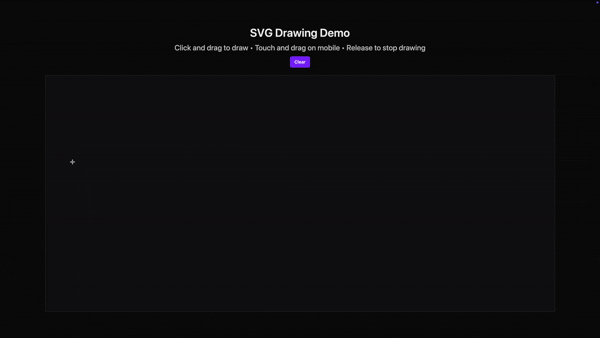I’m excited to announce Hologram v0.5.0, a major evolution of the full-stack Elixir web framework! This release brings massive performance improvements - we’re talking execution times improved from milliseconds to microseconds in core client-side operations, making it fast enough for real-time interactions like mouse move events.
Key highlights:
- Complete bitstring rewrite with ~50x rendering speed improvements!
- Comprehensive session and cookie management
- Live reload functionality for enhanced DX
- Incremental compilation (2x-10x faster builds)
- New pointer and mouse move events
- HTTP-based transport layer
- CRDT support for future distributed features
Full release notes: Hologram v0.5.0 Released! - Hologram
Check out the SVG Drawing Demo that showcases smooth, responsive drawing using the new pointer move events - it really demonstrates the performance leap!

With over 950 commits since v0.4.0, this release delivers significant architectural enhancements while maintaining the unique developer experience that makes Hologram special.
Special thanks to my current GitHub sponsors: @D4no0, @Lucassifoni, and @sodapopcan! ![]()
![]() Support Hologram’s development: If you’d like to help accelerate Hologram’s growth and make releases like this possible, consider becoming a GitHub sponsor. Every contribution helps dedicate more time to new features and community support!
Support Hologram’s development: If you’d like to help accelerate Hologram’s growth and make releases like this possible, consider becoming a GitHub sponsor. Every contribution helps dedicate more time to new features and community support!
![]() Stay in the loop: Don’t miss future updates! Subscribe to the Hologram Newsletter for monthly development milestones, ecosystem news, and community insights delivered straight to your inbox.
Stay in the loop: Don’t miss future updates! Subscribe to the Hologram Newsletter for monthly development milestones, ecosystem news, and community insights delivered straight to your inbox.




















